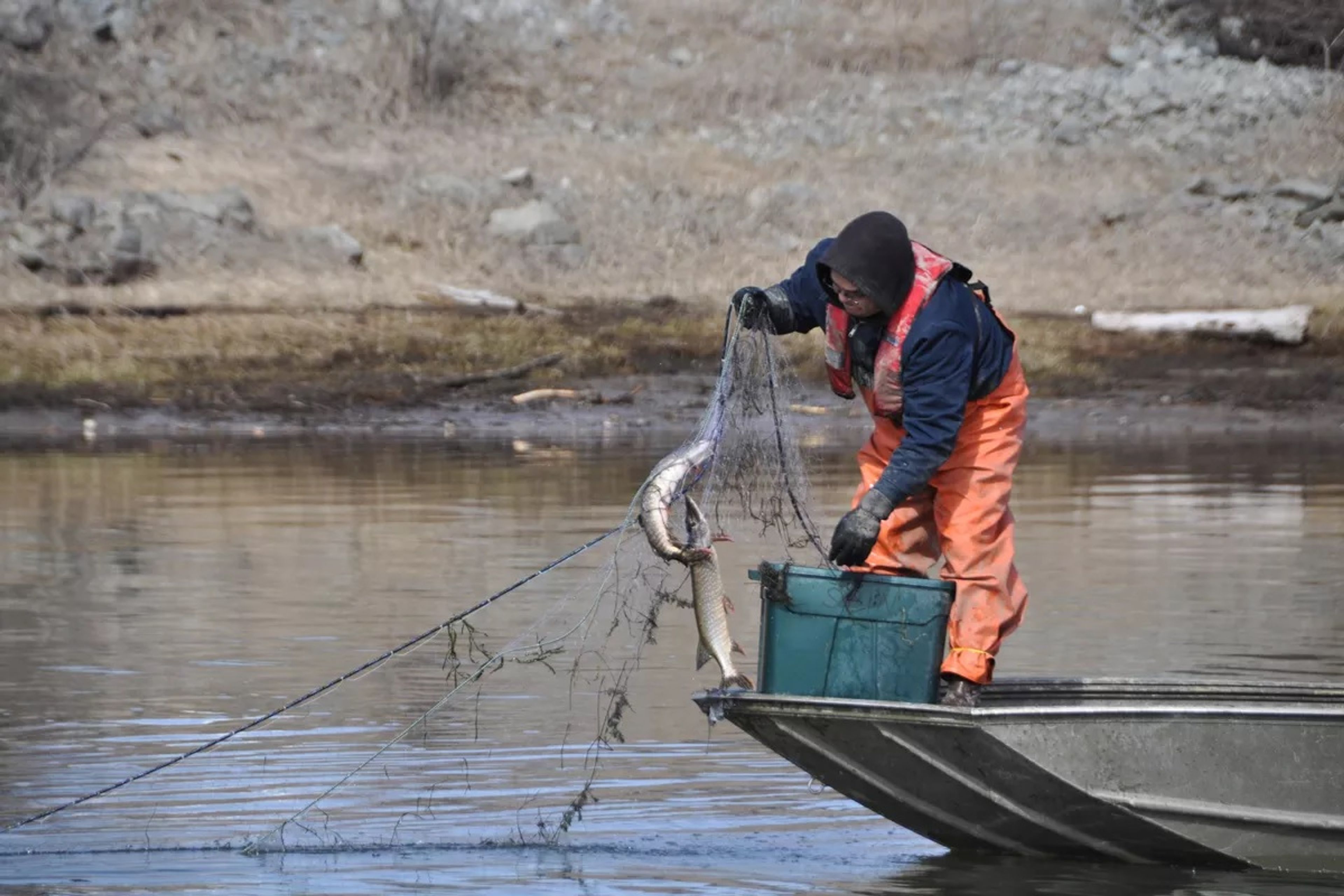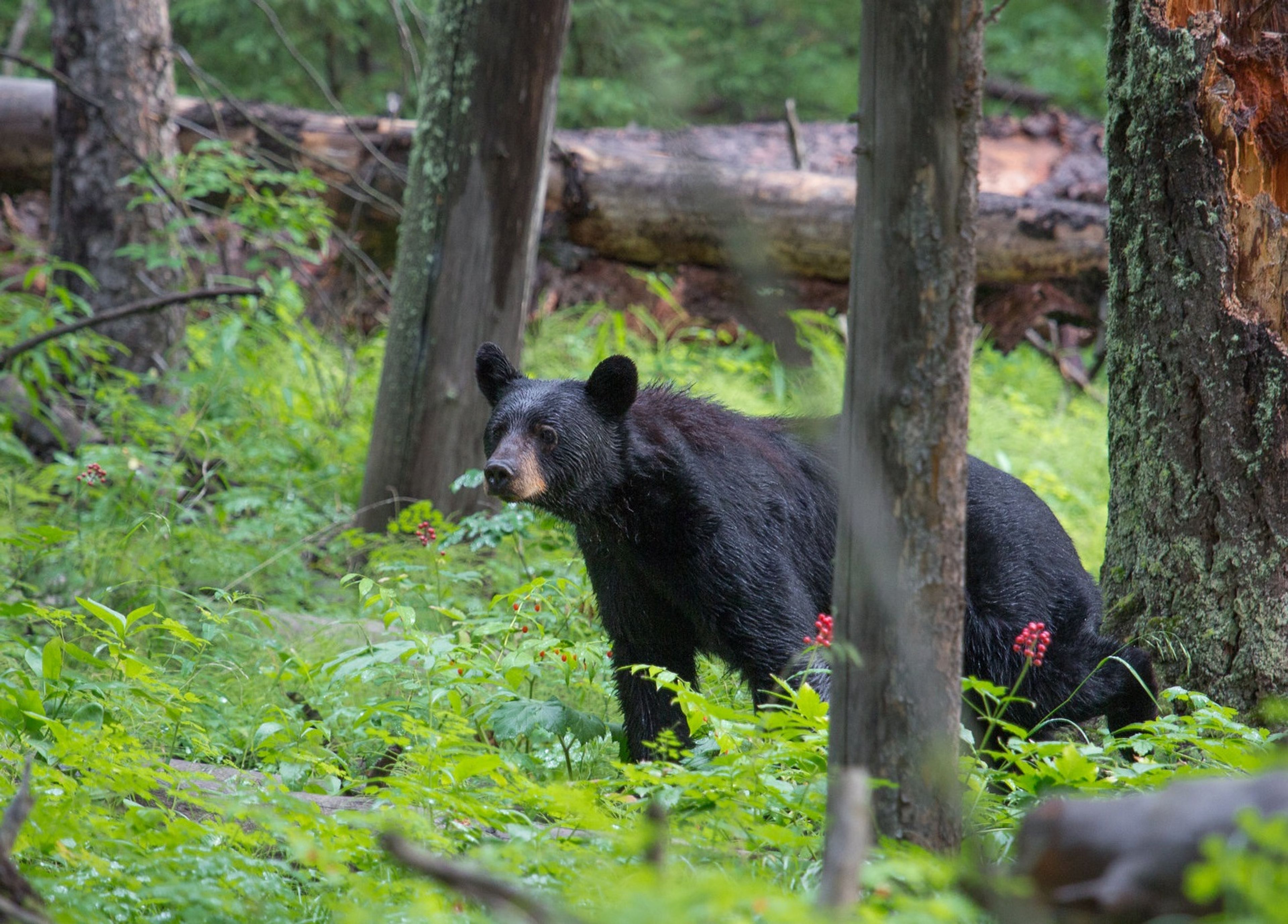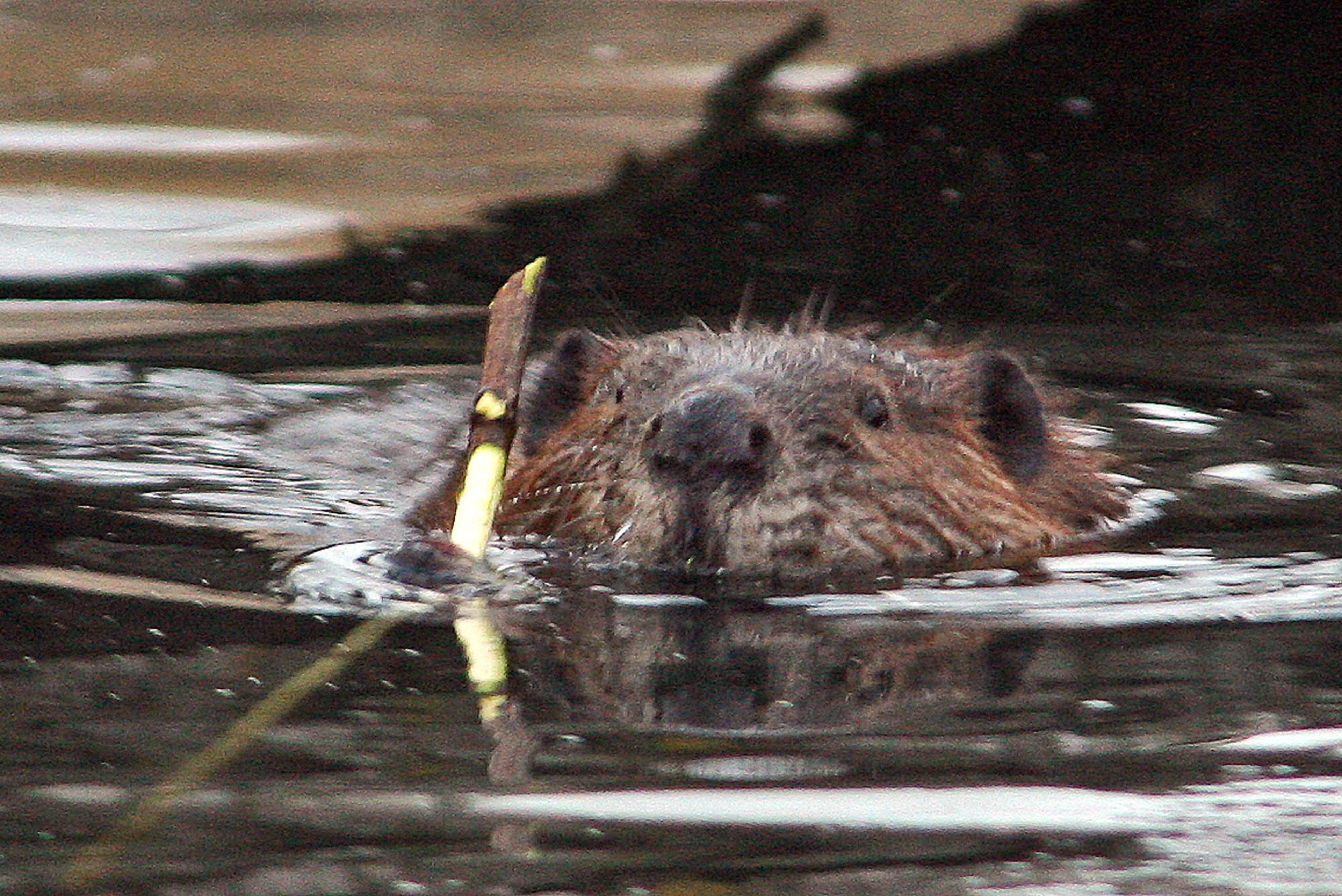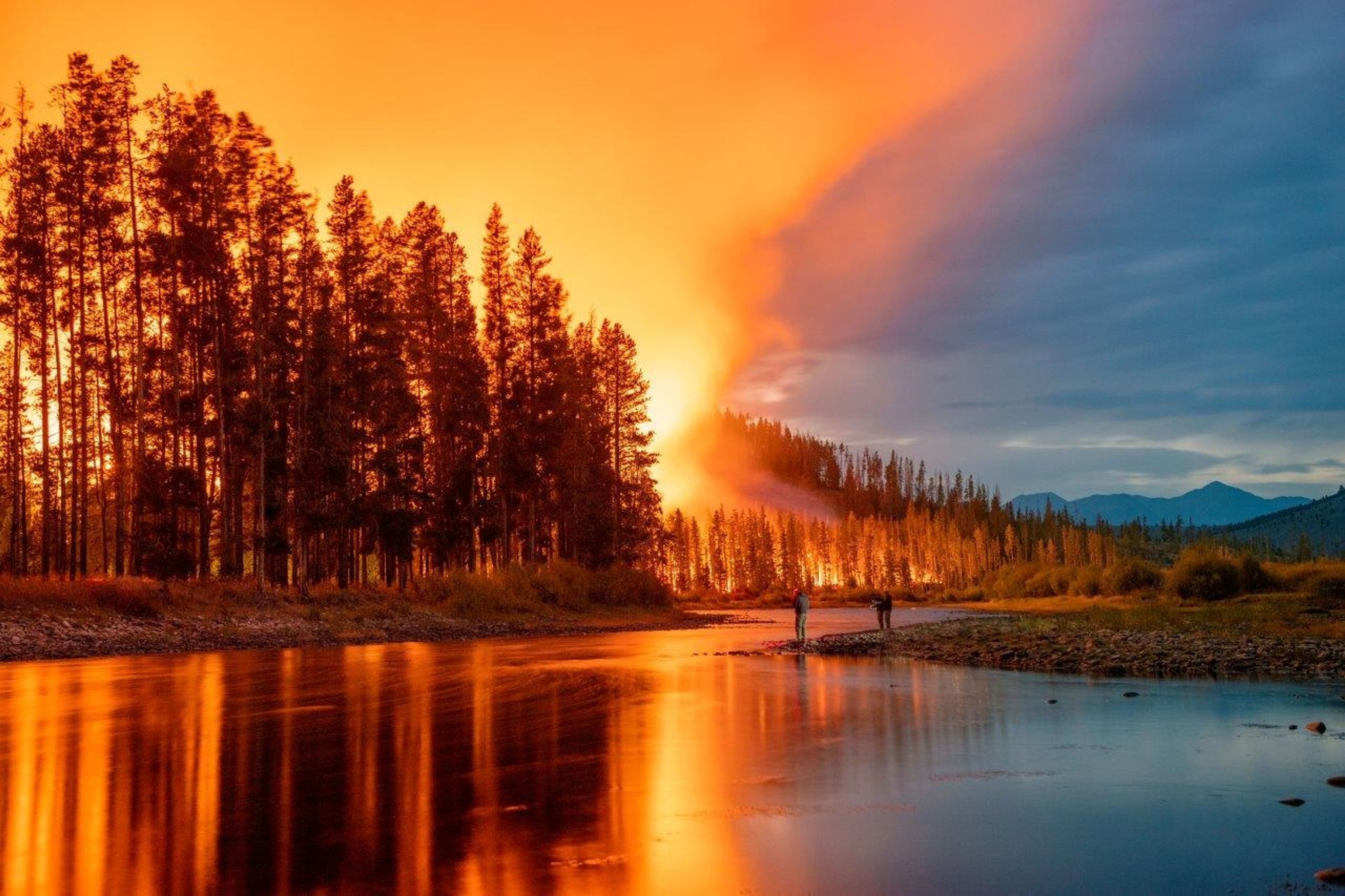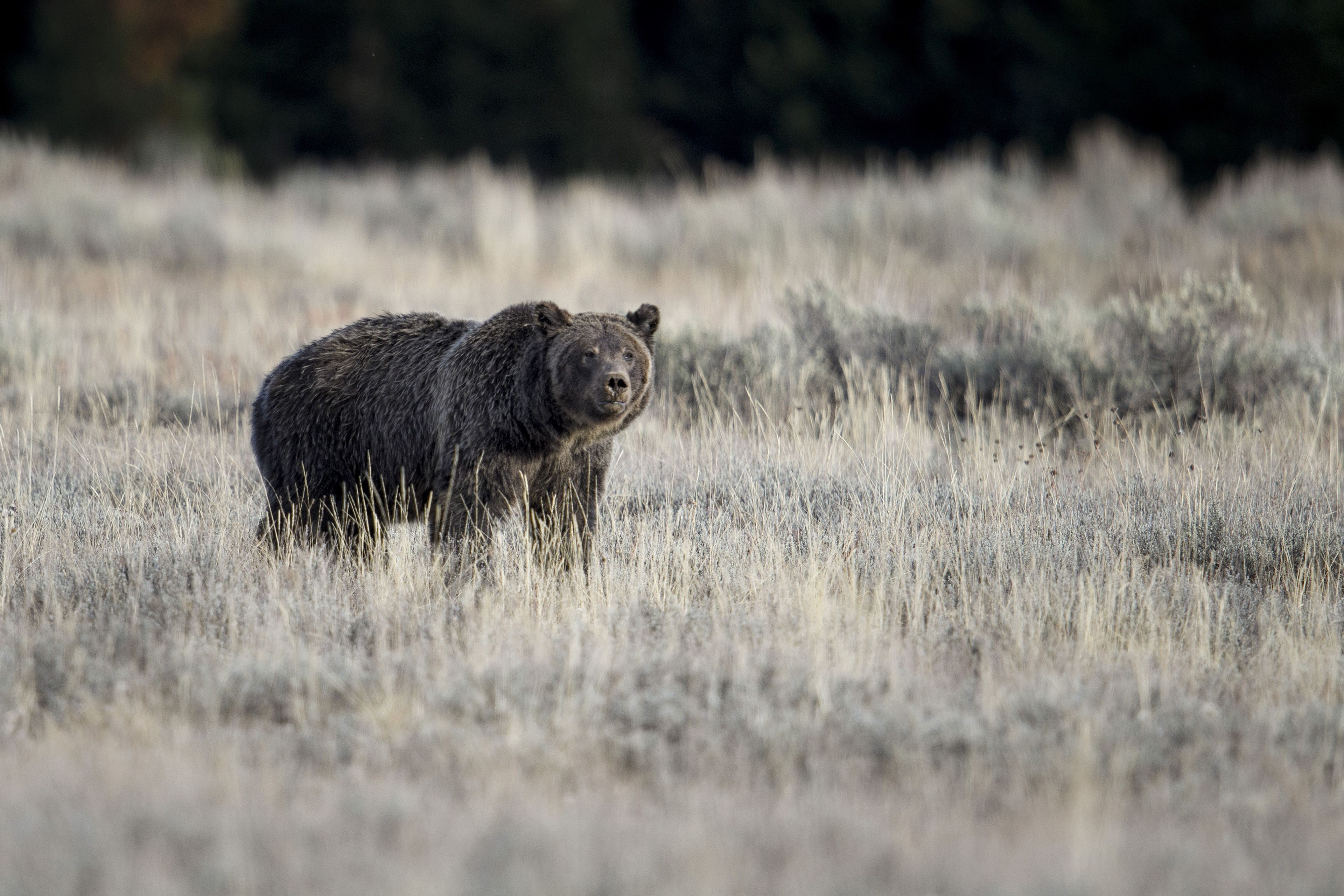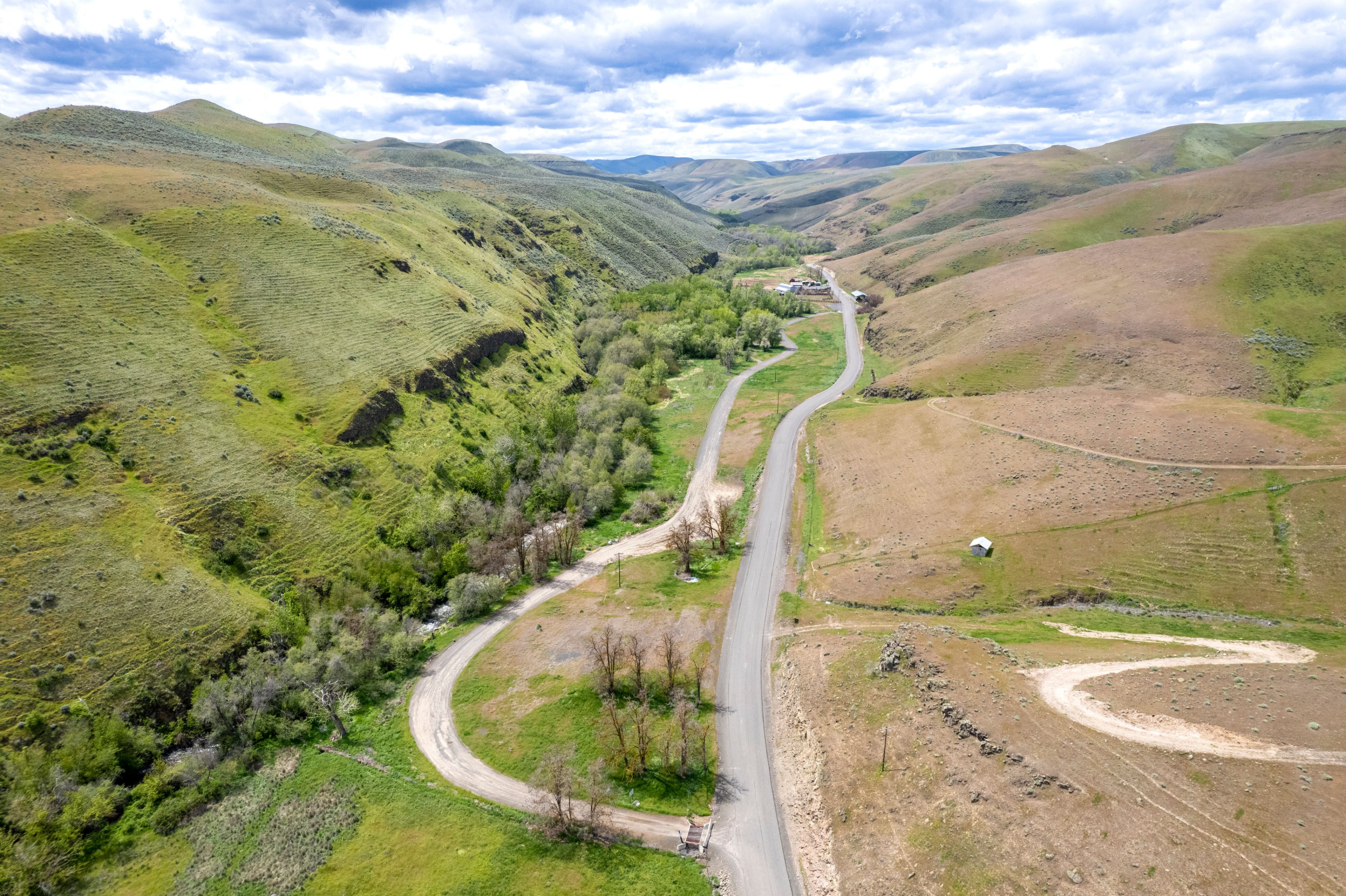The past year has been filled with several important and controversial stories that affected outdoor recreation. There also were a number of stories that belonged in the wacky and weird file.
Top among those was the sighting of unusual deer in the region. People living near Peck notified the Tribune about a six-legged deer, and a young hunter from Lewiston killed an all black whitetail deer in Unit 8A in Latah County. Both deer are considered genetic aberrations. The two extra legs on the deer near Peck are likely the remnants of a conjoined twin that didn't fully form. The legs are smaller than its normal legs and hang limp off its hindquarters.
"It's pretty interesting. The deer acts like any other normal fawn," said Roger Fielding, who lives near Peck. "It's like it is no problem."
The black deer got its coloration from a genetic trait known as melanism. It is similar to albinism but more rare. It was shot by Brendan Pearson of Lewiston. He and his grandfather noticed the deer was dark before he shot, but chalked it up to its hide being wet.
"I was amazed," said the 13-year-old when he learned it was all black.
Grizzly makes appearancesin north central Idaho
A Tennessee hunter made headlines when he mistakenly shot a grizzly bear in the upper reaches of the Kelly Creek drainage. The hunter mistook the grizzly bear for a black bear. For years wildlife biologists have said the area is prime grizzly bear habitat, but they believed it had been empty for more than 60 years.
Since the kill, officials at the Idaho Department of Fish and Game and the U.S. Forest Service have been posting signs in the area to warn other hunters to identify their targets before they shoot. Grizzly bears are protected by the Endangered Species Act, but black bears are open to hunting.
There are a number of characteristics that can be used to tell the two species apart.
Grizzlies have visible humps between their shoulders. The hump, a mass of muscles, is a genetic characteristic that developed from the bear's propensity to dig while looking for food. Black bears typically don't have the hump.
There is a general size difference between the two species, with grizzlies being larger. Some black bears, however, can be quite large and young grizzlies can appear small. So size alone is not enough to go on.
The two bears' faces are shaped differently, which is evident when viewing their profiles. Grizzlies have a slight dish-shaped profile that starts at their foreheads and extends to the tips of their noses. Black bears have a straighter profile between the forehead and nose.
The ears on the two species are different. Black bears have more prominent ears with a slight point to them. Grizzlies have smaller, rounded ears.
Lastly, the bears can be identified by looking at their front claws. Grizzlies have longer claws, 2 to 4 inches in length, that are curved and light colored. Black bears have more sharply curved claws, usually less than 2 inches long.
The difference in claws, combined with other factors, means the two species leave distinct tracks. If a straight edge is placed between the toes and pads of a grizzly track, the edge will not intersect any of the toes. The same cannot be said of black bear tracks. When a straight edge is placed between the toes and pads of a black bear track, the straight edge will cross one of the outside toes.
Potlatch Corp. fee stirs protests
Some hunters, hikers and berry pickers were angered this year when Potlatch Corp. started charging people to recreate on its land. The company, looking for more profit avenues, started requiring people to get permits to hike, bike, hunt, pick berries and engage in other activities on its land. Permit prices range from $100 for a recreation vehicle to $10 for foot access.
Muzzleloaders unite against rule change
Other hunters were upset when the Idaho Department of Fish and Game Commission changed what kind of muzzleloaders can be used in muzzleloader-only hunting seasons. The commission outlawed the use of so-called in-line muzzleloaders that are modern versions of the traditional guns. After mass protests from in-liners, the commission agreed to take a new look at the regulations and is currently taking public comments on the issue.
Idaho F&G staff changes
There was change at the Idaho Department of Fish and Game Commission and the department it oversees. Longtime commissioner for the Clearwater region, Alex Irby, ended his tenure after eight years. He was replaced by retired forester Fred Trevey of Lewiston. Cal Groen, longtime director of the Clearwater region of the Idaho Department of Fish and Game, moved to Boise to become director of the entire department. He replaced Steve Huffaker, who retired in January.
Dave Cadwallader took over for Groen as the top man in the Clearwater region. Cadwallader had served as the regional conservation officer for the Clearwater region before he got the regional director job.
Mentoring programs take off
Local hunters and anglers worked to pass on the hunting and fishing tradition to younger generations in 2007. The department started a hunting mentor program it hopes to expand throughout the state in coming years. And members of the Kelly Creek Flycasters taught residents of the Idaho Juvenile Corrections Center at Lewiston the art of fly-tying and fly-fishing. Volunteers guided several of the boys through a crash fly-fishing course that culminated with a fishing trip and gifts of fly rods and reels. The experience proved moving not only for the boys, but the adult volunteers who have worked to make sure the boys have fishing mentors once they are released.
"We want a mentoring program in the towns they go to so we don't lose track of them," said Will Godfry of Lewiston, who spearheaded the effort.
Dworshak brings on big bass
Dworshak Reservoir continued to produce monster bass this year. The long-held state record for smallmouth fell last year when Dan Steigers of Juliaetta landed a 9-pound, 11.52-ounce smallmouth, smashing the state record of 8 pounds, 5 ounces he set 11 years ago. Anglers continue to net big bass there. Because of an experimental program by the Idaho Department of Fish and Game, kokanee in the reservoir should be bigger this spring. The department started adding nutrients to the reservoir to give a boost to the zooplankton population. That is expected to improve the bottom of the food chain and lead to better kokanee fishing.
States ready for wolf delisting
Wolves inched closer to coming off the Endangered Species List in 2007. The Idaho Department of Fish and Game recently released a draft of a wolf population management plan that sets up hunting seasons and population goals for wolves once they are no longer under federal protection. The U.S. Fish and Wildlife Service is expected to issue a rule early next year that will hand management of wolves back to the states of Idaho, Montana and Wyoming. The process to remove wolves from federal protection started in January of last year. The rule is expected to be challenged in court.
Salmon, steelhead seasons held
Anglers again enjoyed salmon and steelhead fishing in the Snake, Salmon and Clearwater rivers. The salmon season was short because of a smaller run than recent years. But the run included a healthy number of jack salmon, which should signal a strong run of chinook this spring.
The steelhead run was as strong as ever. The number of large B-run steelhead was off as much as 40 percent, which could lead to some tough fishing conditions this fall. But the overall run was strong, with 146,501 crossing Lower Granite Dam, 35 miles west of Lewiston.
---
Barker may be contacted at ebarker@lmtribune.com or at (208) 743-9600, ext. 273.
